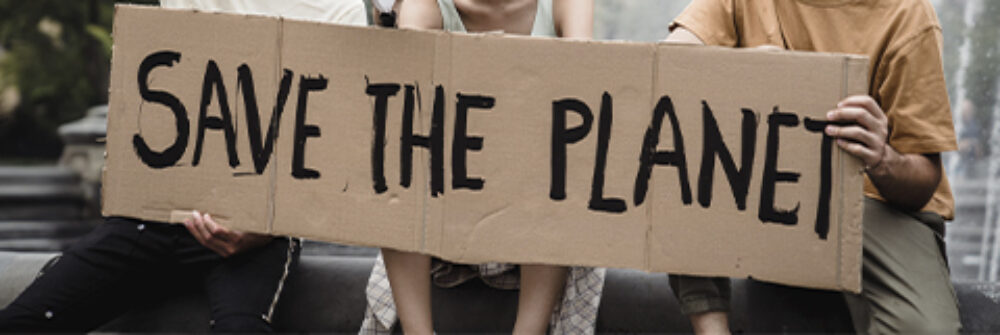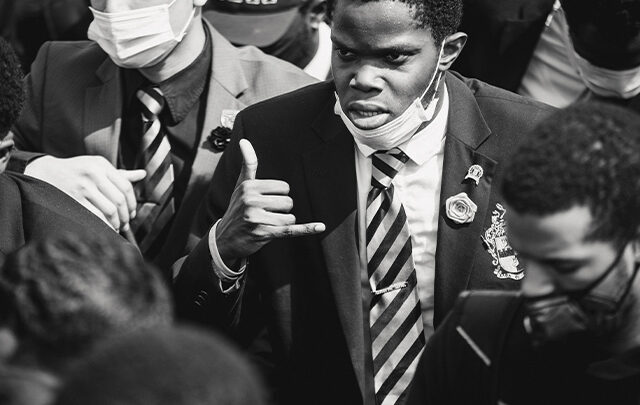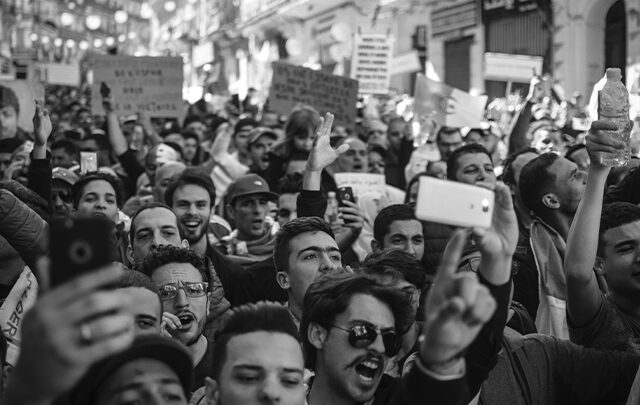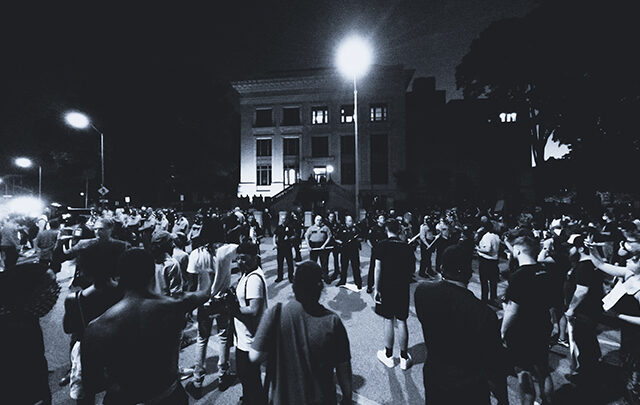Student performances in the 1960s took place not only in developed countries, but also in developing countries. In 1968, Mexico hosted the XIX Summer Olympics – the first in Latin America. The money invested in the competition was gigantic, reinforcing discontent with President Gustavo Diaz Ordaz’s regime: suppression of civil liberties, restrictions on trade unions and heavy-handed government regulation of the economy. “We don’t want the Olympics, we want a revolution,” the students proclaimed.
The student protests, joined by the workers, began in the winter and lasted several months. As the Olympics approached, the actions became more and more massive. On August 2, students formed a “National Council of Strikes” to organize protests, which was joined by students from 70 universities. Students demanded respect for university autonomy, the release of political prisoners, and punishment for officials responsible for the violent crackdown.
On October 2, 10 days before the competition, a massive peaceful protest began in Mexico City’s Tlatelolco neighborhood in the Plaza de las Cultras, with 10,000 people in attendance. In the evening, troops (5,000 soldiers and 200 armored vehicles) surrounded the square and helicopters patrolled it from above. According to official data, the protesters were the first to open fire, and the military only responded. But later (the investigation was opened 30 years later, in 1998) it became known that the first shots were fired by snipers from the houses surrounding the square. In the “Tlatelolco massacre” between 30 and 400 people were killed, according to various estimates, and many protesters were detained on the spot and sent to prison.
In 1970 Díaz Ordaz’s presidential term ended and he did not run for office again. The events in Mexico’s Three Cultures Square became a symbol of the struggle for civil rights and gave rise to democratic changes in society and the emergence of new activist groups.




MOST COMMENTED
Forms of protests
Why would people go to protests?
Forms of protests
What is an internal protest?
Largest protests
Khaki ball: the loudest anti-war protests and actions.
Student protests
“The Events of June 4” in China, 1989
Student protests
“The Night of Tlatelolco” in Mexico, 1968
Student protests
Massacre at the University of Kent, 1970
Student protests
Battle of Valle Giulia, Italy, 1968